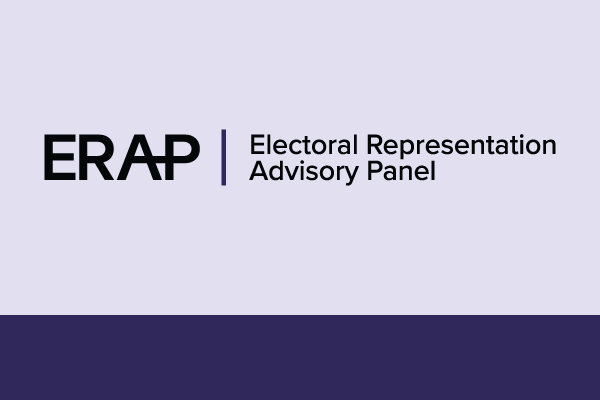Electoral structure and boundary reviews

There are currently 39 local councils that do not comply with the Act and the panels must review these before the October 2024 local council elections. During the reporting period, the panels reviewed the 12 rural shire councils in round one of the program and commenced round 2.
The third and final round of electoral structure reviews conducted by the panels will conclude in January 2024.
While all metropolitan, interface (outer council areas of Melbourne) and regional city councils must now have single-councillor ward structures under the Act, rural shire councils may also have structures that are unsubdivided or subdivided into multi-councillor wards with an equal number of councillors per ward.
Under the Act the VEC must provide technical and administrative support to the panels. It established a dedicated team to research geography, demographics, communities of interest, previous electoral structures and the history of electoral events in each council area. During 2022–23 the VEC also supported the program by:
- collaborating with Local Government Victoria to establish the panels and program structure
- providing secretariat services and independent electoral structure advice
- supplying enrolment statistics and commissioning demographic projections
- engaging researchers, report writers and editors, geospatial analysts, and program administrators
- providing technical expertise in boundary modelling and calculations
- engaging the public through a communications program, information sessions and public hearings
- publishing preliminary reports and public submissions on the VEC website
- providing final reports to the minister on behalf of the panels
- managing the budget and recovering costs.
Additionally, the VEC’s Geospatial Operations Team developed and tested boundary models and created mapping products for the panel’s reports. And the Geospatial Capability Team updated and administered software so submitters could create boundary models using an interactive map modelling tool.
Ward boundary reviews
The Act states that the VEC remains responsible for conducting ward boundary reviews. These must happen when the number of voters per councillor in one or more wards of a council will vary from the average number of voters per councillor for all the wards by more than 10% at the next general election.
The VEC will conduct ward boundary reviews of 10 councils in early 2024 after the conclusion of the electoral structure review program.
| Previous story: Victorian State election 2022 | Next story: Strategies 2023 and 2027 |

